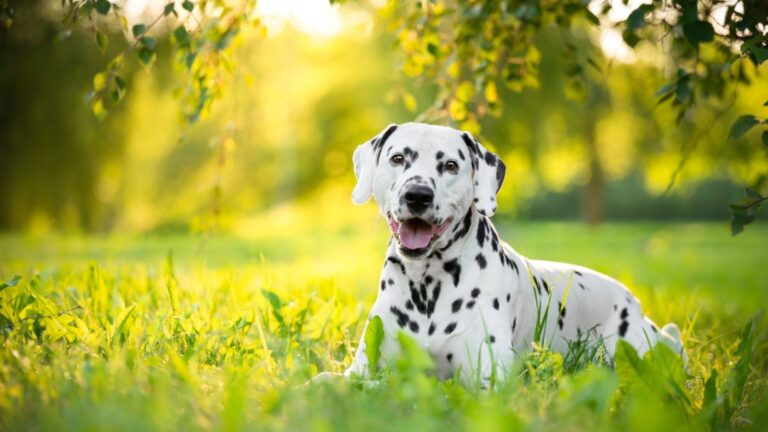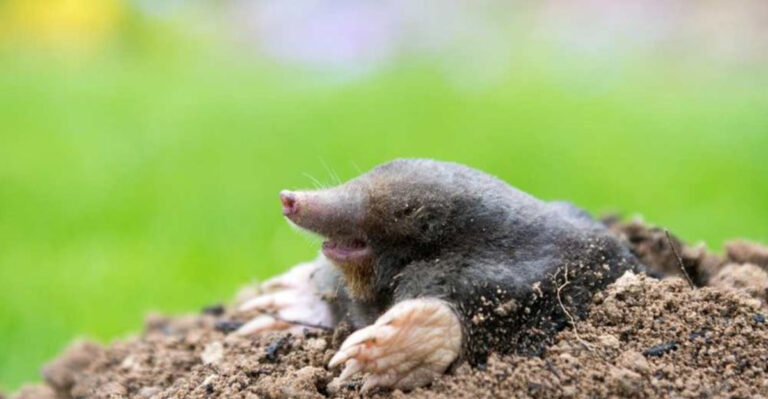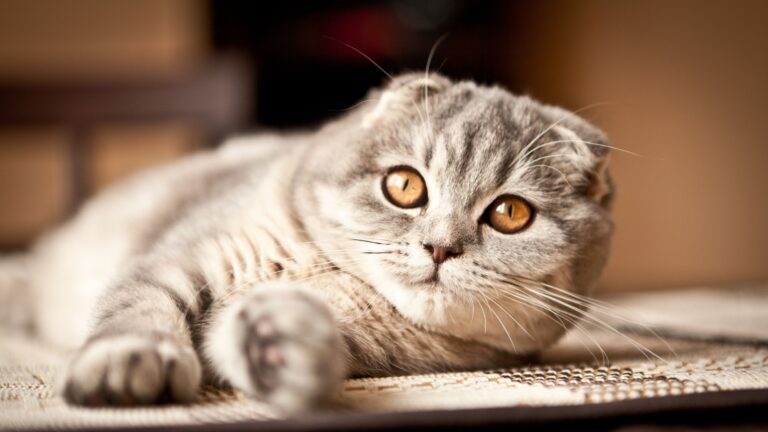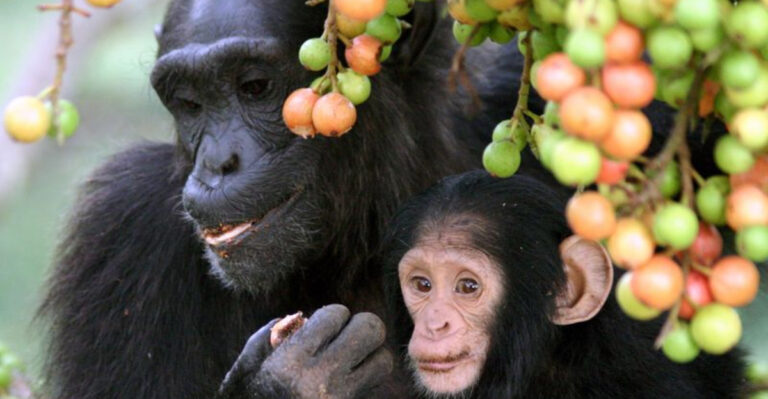Winter Wonders: 20 Animals That Freeze Then Thaw Unharmed Every Spring
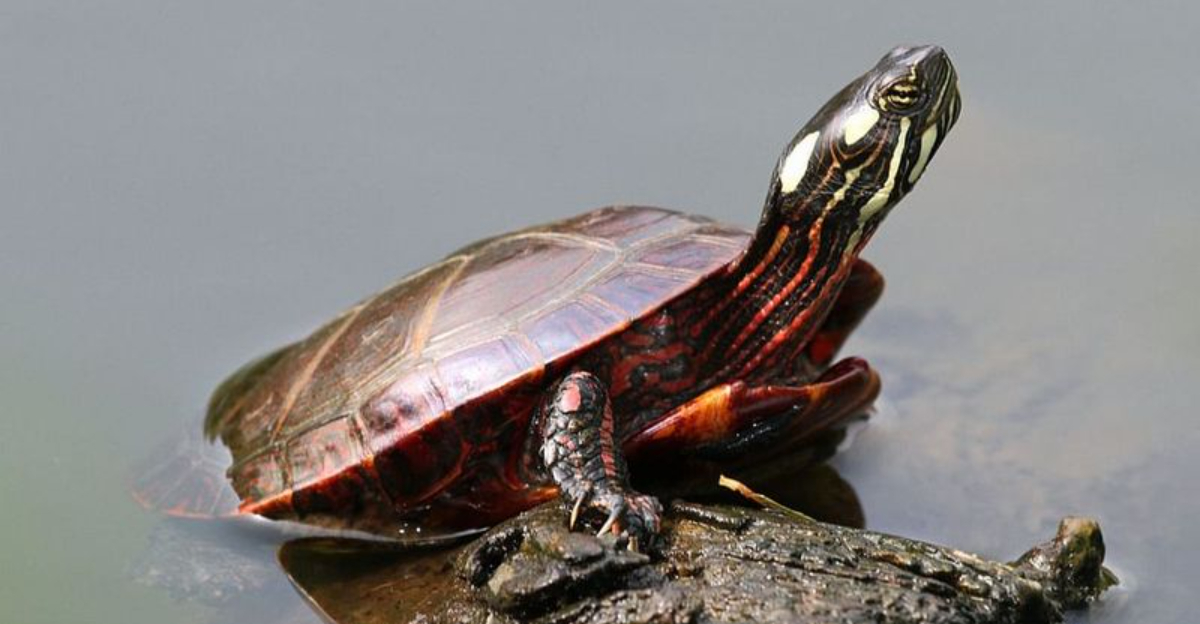
Ever thought about the magic of nature’s pause button? Every year, certain creatures embrace winter by turning into tiny ice sculptures, only to revive with the warmth of spring. These wonders of evolution survive the freeze, emerging as lively as ever.
This article delves into the fascinating animals that master the art of frost and thaw, revealing the incredible resilience of wildlife. Get ready to be amazed by nature’s frosty wonders!
1. Wood Frog
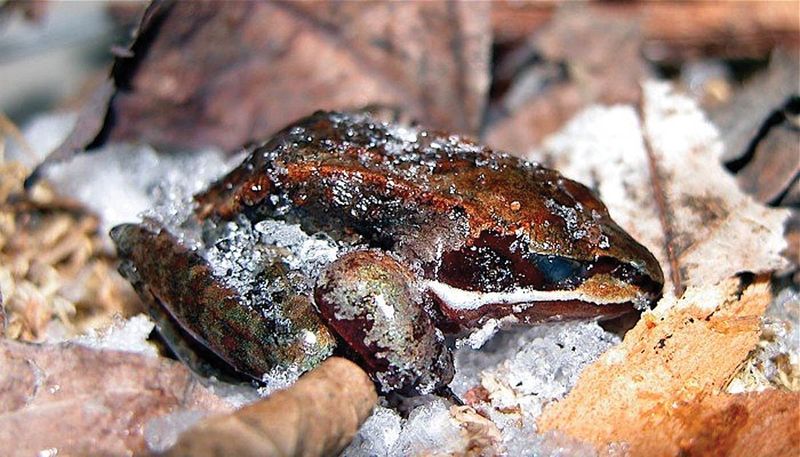
Wood Frogs don’t just survive winter; they take it head-on by becoming one with the ice. Imagine a heart that stops beating but doesn’t skip a beat! These frogs freeze solid, halting all bodily functions.
Come spring, they thaw out and leap back into life, ready to croak and hop. Isn’t it amazing? Their secret lies in glucose, which acts like antifreeze, preserving their cells.
2. Painted Turtle
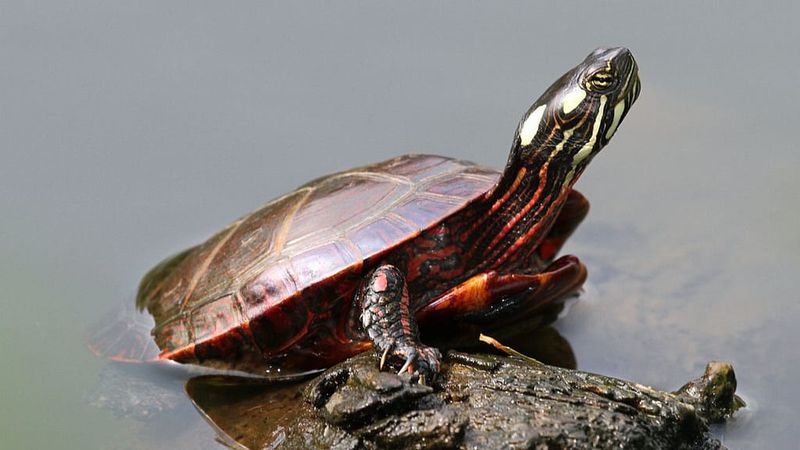
Did you know painted turtles can hold their breath for months? These reptiles survive winter under ice by slowing their metabolism. Their bodies produce lactic acid, similar to what humans feel during intense exercise.
Yet, unlike us, they manage to neutralize it. As temperatures rise, they emerge from the freezing depths, ready to bask in sunny ponds. It’s nature’s way of hitting pause and resume!
3. Alaskan Blackfish
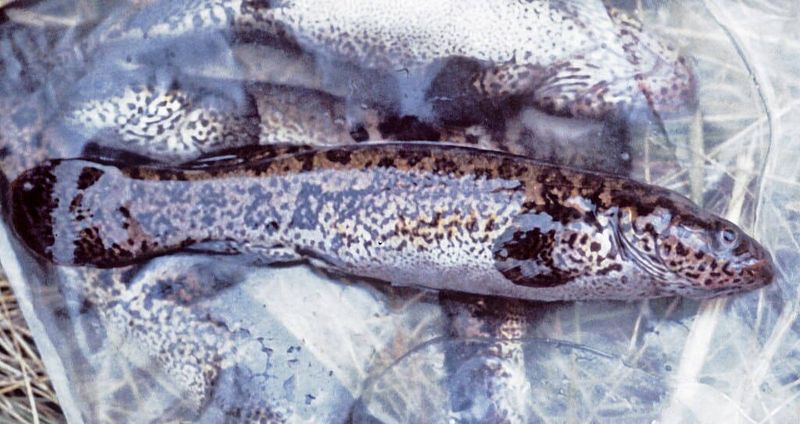
Alaskan Blackfish have a superhero-like ability to survive when frozen. Their blood contains unique proteins preventing ice crystals from damaging cells.
What’s the big freeze all about? It’s about staying alive in harsh Arctic winters. In spring, they return to their lively swim, reminding us of nature’s resilience. Imagine fish that can freeze like popsicles and still thrive!
4. Woolly Bear Caterpillar
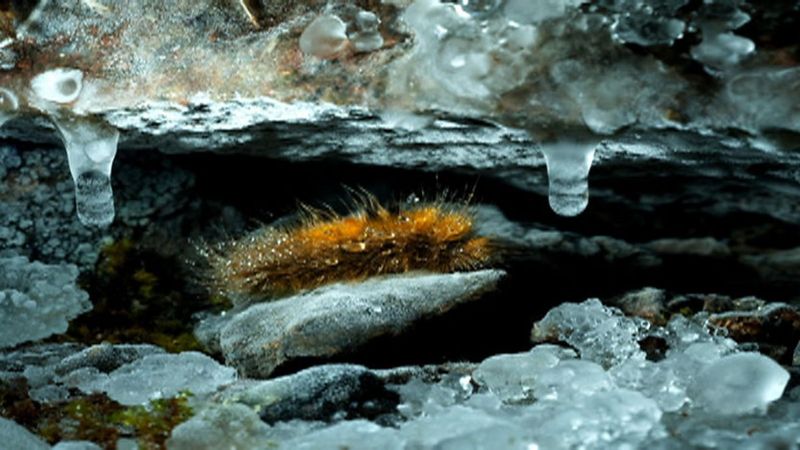
Woolly bear caterpillars embrace the cold like no other. These fluffy critters freeze over winter, turning into tiny icicles. When spring arrives, they thaw and continue their life cycle, transforming into Isabella tiger moths.
Nature’s magic trick, isn’t it? Their body produces a cryoprotectant, safeguarding their cells. It’s a chilly wait, but their patience pays off in vibrant colors!
5. Red Flat Bark Beetle
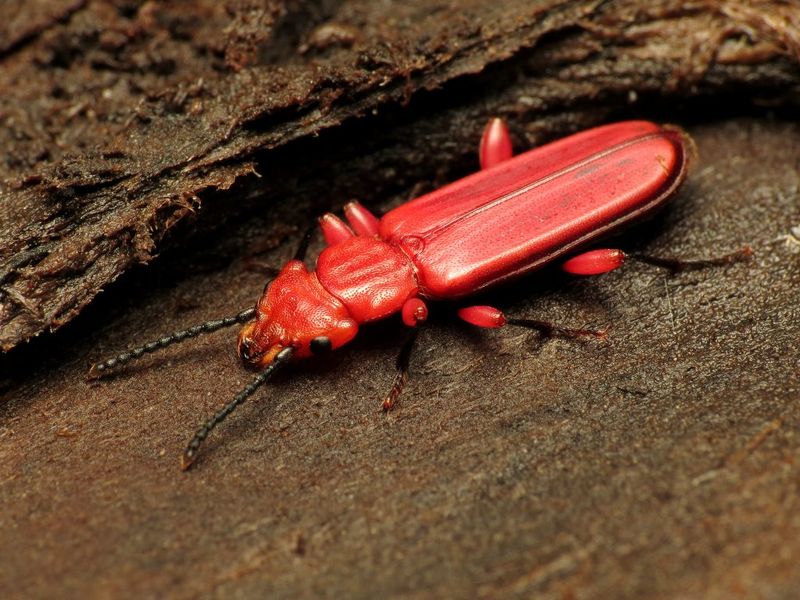
Ever met an insect that defies freezing temps? The red flat bark beetle does just that. They nestle into tree bark, freezing solid as temps plummet. When spring thaws arrive, they’re back, crawling through the forest.
Their bodies produce antifreeze proteins, preventing ice formation. It’s the ultimate winter hibernation. These beetles show that sometimes, chilling out is the best strategy!
6. Siberian Salamander
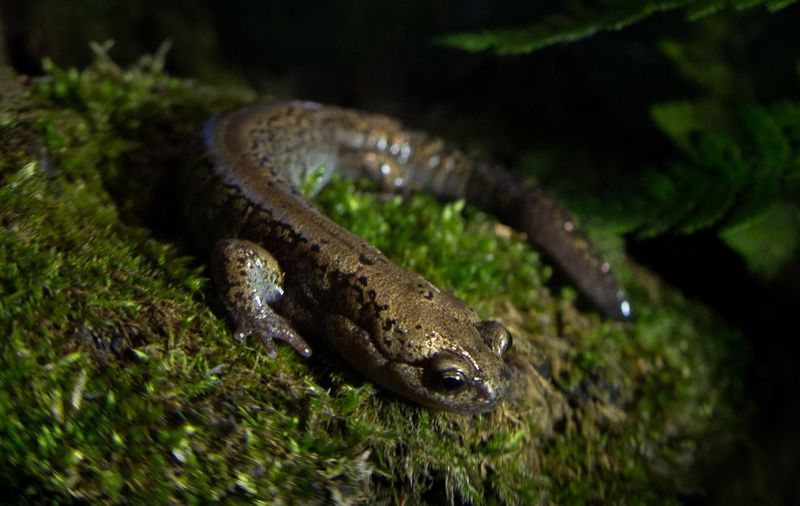
Talk about cold-blooded! The Siberian salamander takes freezing to another level. These amphibians can survive temperatures as low as -45°C. How? Their bodies produce a special glucose solution acting as antifreeze.
When they thaw in spring, they slither through the thawed ground as if nothing happened. It’s an extreme makeover—winter edition. Truly, nature’s frost-defying amphibians!
7. Spring Peepers
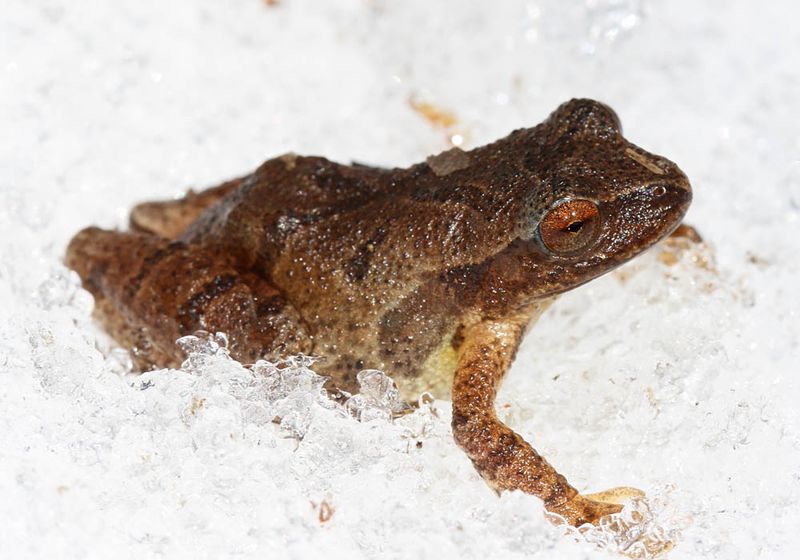
Spring peepers are tiny frogs with a mighty freeze skill. During winter, they endure freezing by halting their heartbeats. Come spring, they thaw and fill the air with their distinctive peeping calls.
It’s like waking up from a deep hibernation and throwing a party. Their bodies produce cryoprotectants, preventing cell damage. These little frogs show that size doesn’t matter in survival games.
8. European Common Frog
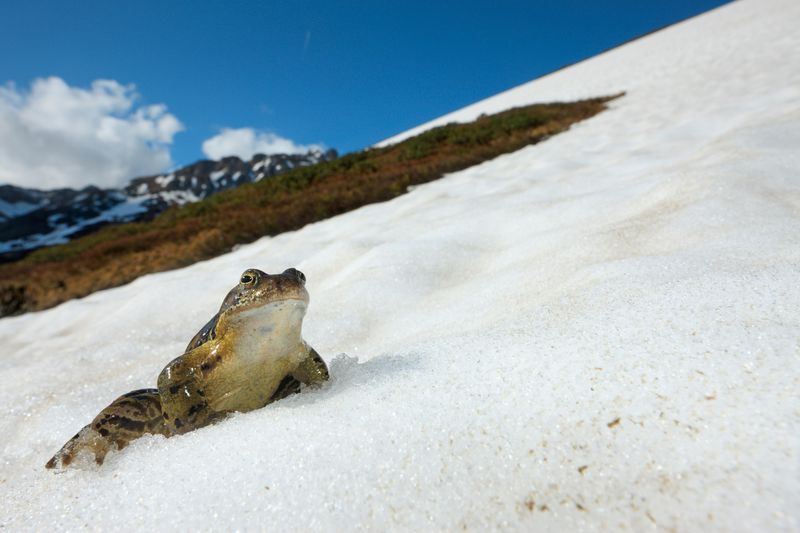
European common frogs are masters of winter disguise. As temperatures drop, they blend into icy environments by freezing. Their secret weapon? Glycogen, which acts like antifreeze.
When spring arrives, they thaw out, hopping off to find mates. It’s like a seasonal magic trick, only nature knows. These frogs teach us that sometimes, freezing is the best way to embrace life!
9. Northern Leopard Frog
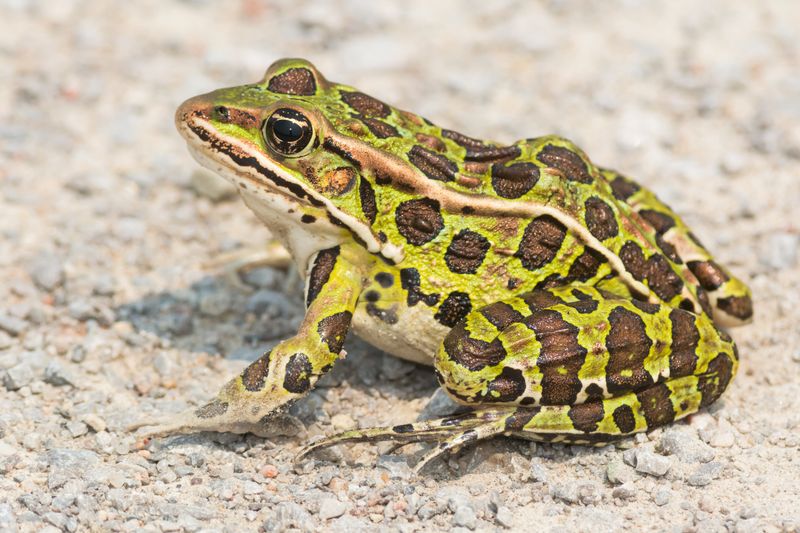
Northern leopard frogs know how to chillax—literally. They freeze to survive winter, with heartbeats pausing for the cold months. When spring warmth returns, they awaken and leap into action.
It’s as if their icy slumber was just a long nap. Their bodies protect cells with a sugar-based antifreeze. That’s the frog way of saying, ‘Bring it on, winter!’ A lesson in patience and cool endurance.
10. Boreal Chorus Frog
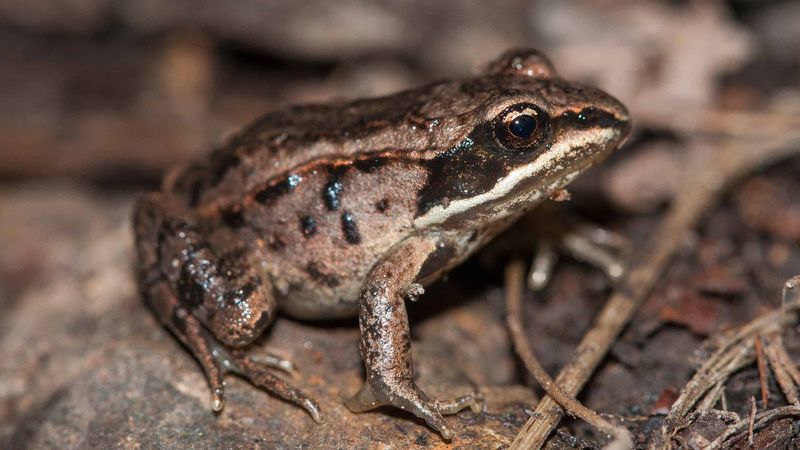
Boreal chorus frogs sing a frosty tune, freezing through winter’s chill. As spring approaches, they thaw and fill marshes with their chorus. It’s a seasonal symphony that marks the end of their icy hiatus.
Their secret lies in cryoprotectants that shield their cells. These frogs prove that even the smallest can make the biggest impact—a winter concert worth thawing for!
11. Gray Tree Frog
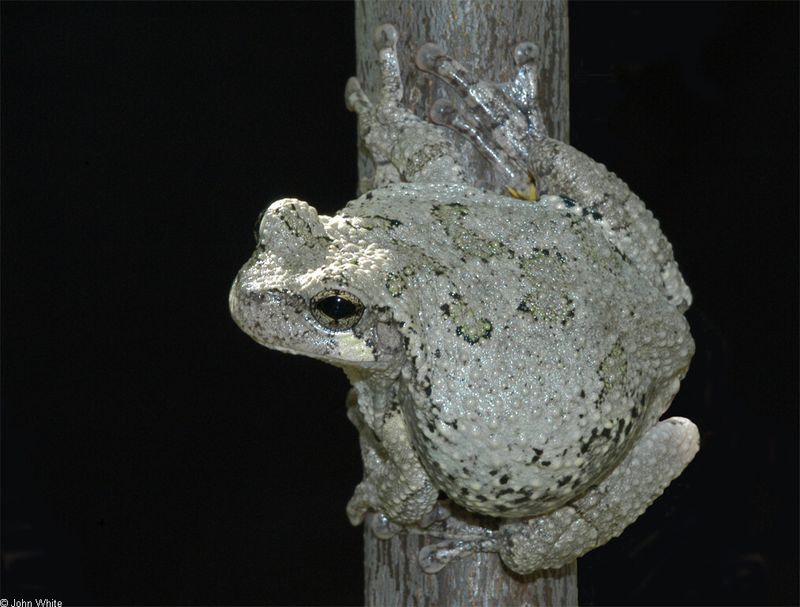
Gray tree frogs embrace winter’s embrace by freezing solid. These tree-dwellers survive ice-cold conditions with their bodies producing cryoprotectants. As spring warmth returns, they thaw and return to their arboreal antics. It’s like pressing play after a frosty pause.
These frogs show that sometimes, being a little cold-hearted is the warmest way to survive. A testament to nature’s genius!
12. Common Snapping Turtle
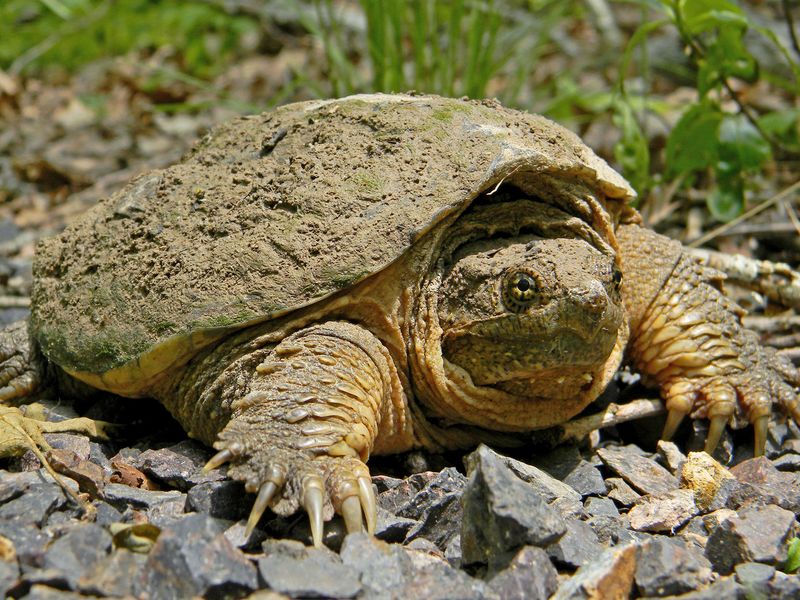
Common snapping turtles hold their breath and freeze beneath icy ponds. With a metabolism slow-down, they chill through winter without a care. As springtime brings warmth, they awaken, ready to snap back into action.
It’s a long, chilly nap with a satisfying wake-up call. Their ability to neutralize lactic acid is key. Snapping turtles teach us that sometimes, taking it slow is the way to go!
13. Northern Wood Frog
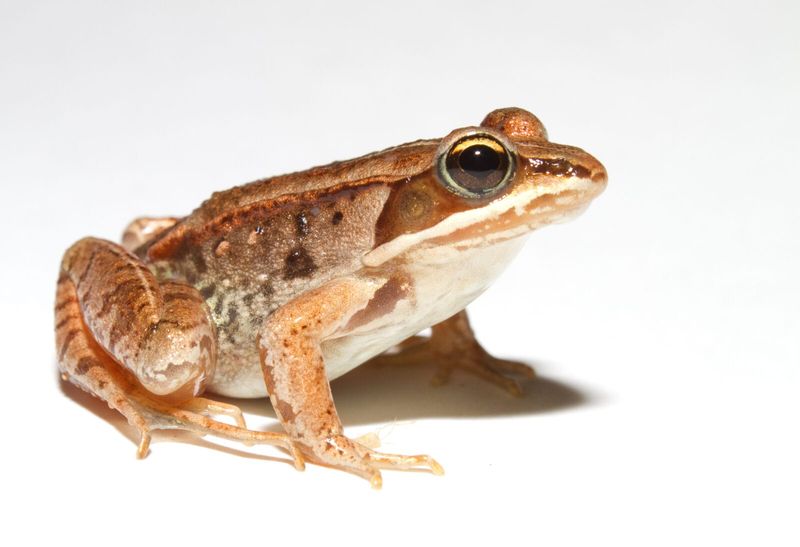
Northern wood frogs take freezing to a fine art. Their bodies freeze completely, stopping heartbeats, breathing, and blood flow. But come spring, they thaw out and start anew, hopping into action.
It’s like the ultimate reset button. Their secret? Glucose, which acts as antifreeze. These frogs prove that sometimes, becoming an ice cube is the best way to defy winter’s chill!
14. Eastern Box Turtle
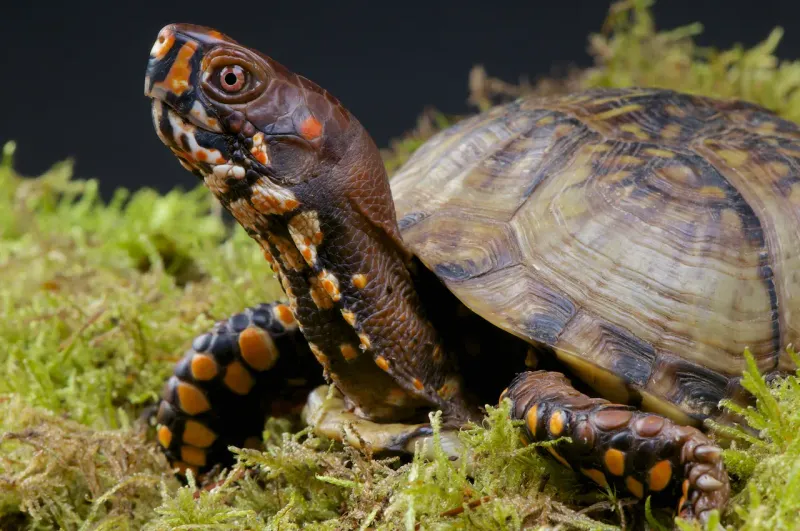
Eastern box turtles have a cool way of dealing with winter—they freeze! Their metabolism slows down, allowing them to survive the cold months. With the arrival of spring, they thaw and resume their woodland wanderings. It’s like waking up from a long nap.
Their bodies produce a special antifreeze to protect cells. These turtles show that sometimes, a chilly pause is the warmest embrace.
15. American Bullfrog
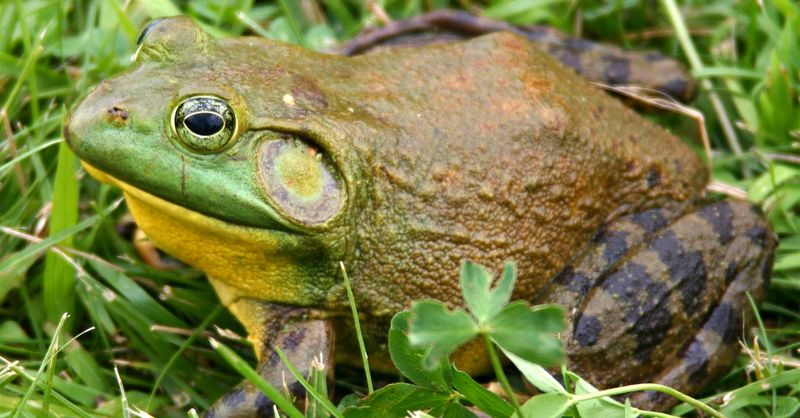
American bullfrogs can freeze their bodies during harsh winter months. When spring arrives, they thaw and leap into life, ready to croak loudly. It’s a frosty rest with a vibrant revival.
Their bodies produce glucose, which acts like antifreeze. These frogs demonstrate that sometimes, chilling out is the best way to prepare for spring. A testament to nature’s adaptability and resilience!
16. Striped Newt
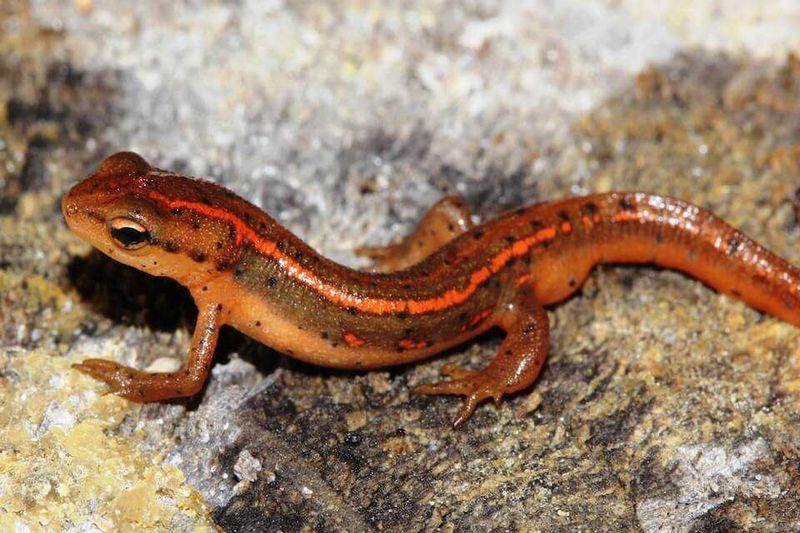
Striped newts perform a winter magic trick by freezing in icy marshes. Their bodies slow down, preserving energy until spring warmth returns.
When they thaw, they slither through wetlands, resuming life as if nothing happened. It’s nature’s way of hitting pause and play. Their secret lies in antifreeze proteins that protect cells. These newts show that even in freezing moments, life finds a way!
17. Western Chorus Frog

Western chorus frogs freeze like tiny statues during winter. When spring comes, they thaw and croak, filling the air with their song. It’s a frosty hiatus with a melodic return.
Their bodies produce cryoprotectants, preventing cell damage. These frogs prove that even in the coldest times, life can sing a beautiful tune. A winter concert worth waiting for—nature’s harmonious marvel!
18. Blanding’s Turtle
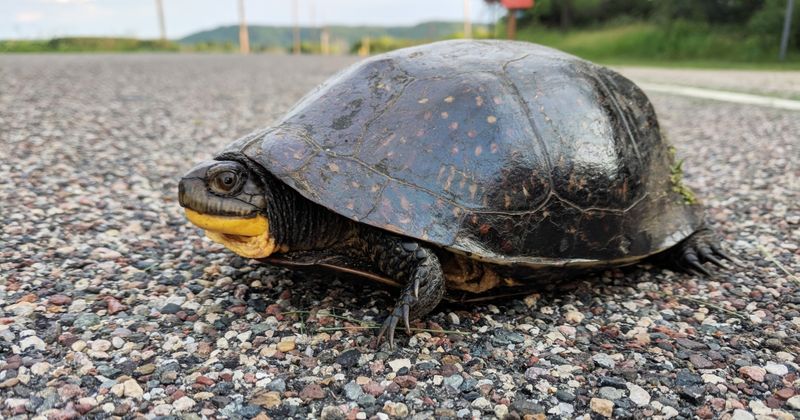
Blanding’s turtles know how to chill—literally. They freeze beneath icy waters, slowing their metabolism to survive winter. As spring arrives, they awaken and glide through ponds.
It’s a long, chilly nap with a rewarding wake-up call. Their secret is managing lactic acid buildup. These turtles teach us that sometimes, taking it slow and steady is the best way to embrace life’s challenges.
19. American Toad
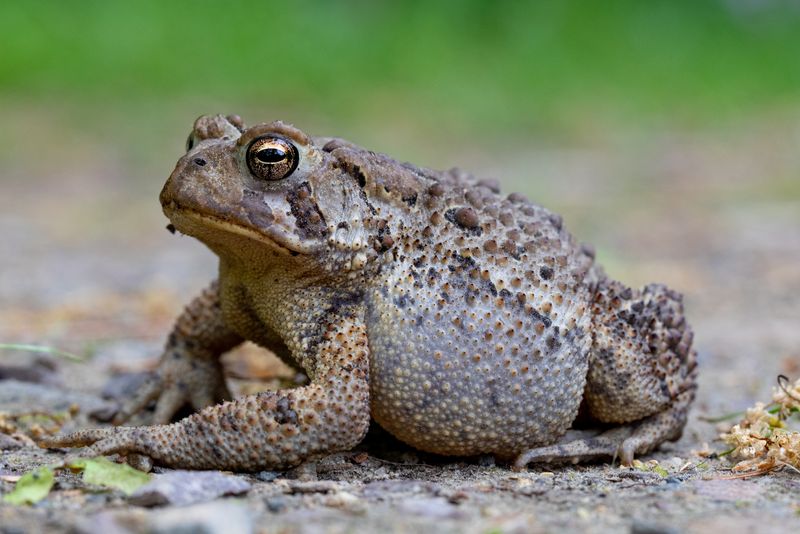
American toads have a knack for freezing in harsh winters. When spring warmth returns, they thaw and hop back to their woodland life.
It’s like a long, frosty break with a lively return. Their bodies produce glucose, acting as antifreeze to protect cells. These toads remind us that even the coldest moments can’t stop nature’s rhythm. A testament to the resilience of life and the power of patience!
20. Wood Turtle
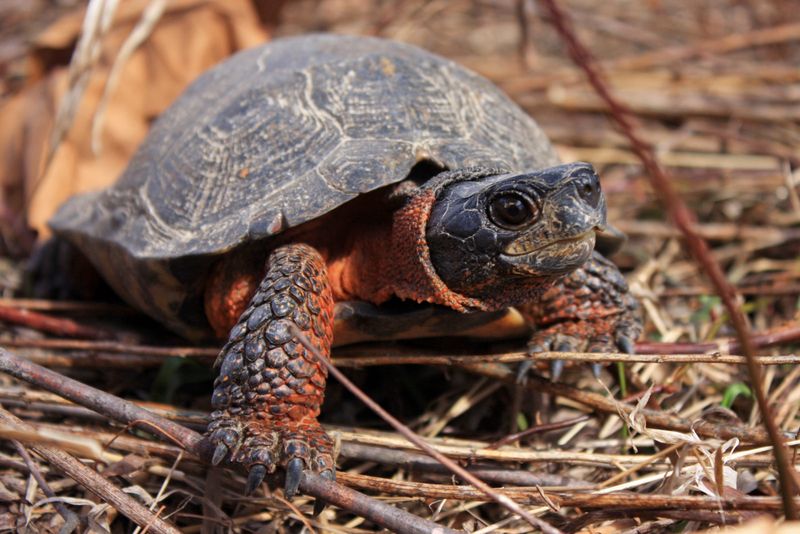
Wood turtles take freezing in stride, hibernating beneath snowy riverbanks. When spring arrives, they thaw and continue their woodland adventures. It’s a frosty pause with a warm return.
Their secret? Antifreeze-like glucose that protects cells. These turtles show that sometimes, embracing the chill is the wisest path. A lesson in patience, resilience, and nature’s incredible adaptability!

